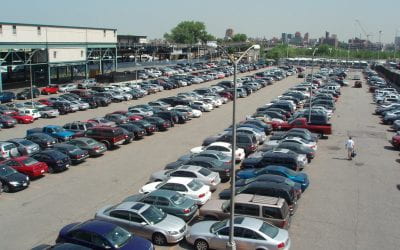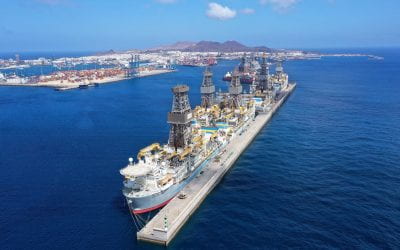Pace Environmental Law Review
Donate to PELR
SPRING 2025 SYMPOSIUM
Writing Competition
GreenLaw – Latest Blogs
The Parking Problem: Why Cities Overbuilt Parking Spaces
The Institute of Transportation Engineers (ITE) was founded in 1930 with the goal “to improve mobility and safety for all transportation system users and help build smart and livable communities.” The idea behind the ITE was to help developers with roadway design,...
Climate Resilient Development at the Local Level: Minneapolis Reduces Greenhouse Gas Emissions and Dependency on Private-Vehicle Use by Eliminating Parking Minimums
What is Minneapolis 2040? In March 2018, the City of Minneapolis began public meetings to discuss its plan for future growth. Over the course of two years, residents participated in sharing their hopes for the city. It was determined that as the city grows, everyone...
Climate Resilient Development at the Local Level: Addressing Embodied Carbon Through Low Carbon Building Regulations
One of the oldest industries on the planet, human construction has evolved over thousands of years. From the first stone roadways in Mesopotamia, to towering New York City skyscrapers, mankind continually innovates new ways to construct the built world around us....
Flooding, the Comprehensive Plan, and Climate Change Resilience
Flooding events are widespread and catastrophic. According to the Federal Emergency Management Agency (FEMA), 99% of counties in the United States experienced a flood between 1996 and 2019. Anthropogenic climate change is increasing the intensity and frequency of...
How the Indo-Pacific Economic Framework for Prosperity May Help Seaports Prepare for Climate Change
Climate change is a looming threat that includes rising sea levels, unpredictable storms, and the destruction of seaports.[1] Island nations are at risk of economic collapse since they rely on ports for almost all their trade.[2] When Hurricane Dorian struck the...
Climate Resilient Development at the Local Level: Santa Fe’s Midtown Local Innovation Corridor
Santa Fe’s Midtown Local Innovation Corridor (Midtown LINC) draws on the city’s land use authority through City of Santa Fe, New Mexico Ordinance 2016-39 and City of Santa Fe, New Mexico Ordinance 2019-19. These ordinances specify permitted and prohibited uses,...
Climate Resilient Development at the Local Level: Santa Fe’s Integrated Approach to Mitigate Wildfire Risk
The City of Santa Fe, New Mexico, is in the foothills of the Sangre de Cristo Mountains. This region contains “frequent-fire forest types,” which the state manages following the New Mexico Forest Restoration Principles. A team of industry professionals developed these...
Climate Resilient Development at the Local Level: Certifying Cities for Achieving Low Impact Development
In this report, low impact development (LID) refers to any land use strategy that promotes the retention or addition of vegetation on or around land development that mitigates and adapts to climate change. LID is often pigeonholed as a stormwater management technique;...
Climate Resilient Development at the Local Level: Learning from Chicago’s Equitable Transit-Oriented Development Strategy
What is ETOD? In recent years, municipalities have used equitable transit-oriented development (eTOD) to incentivize public transit-use, reduce greenhouse gas emissions in urban spaces, improve quality of life, and elevate underserved communities. The professional...




